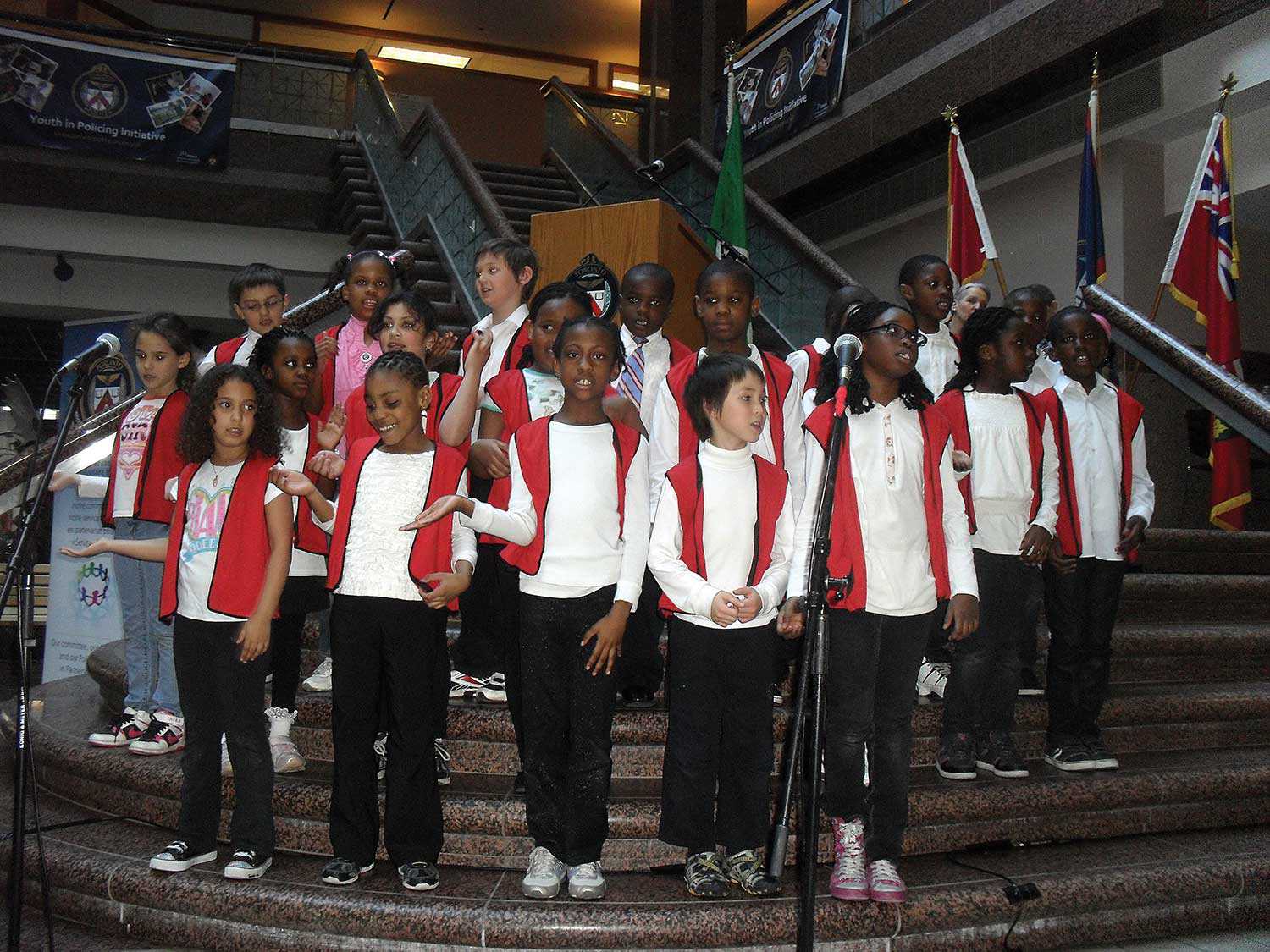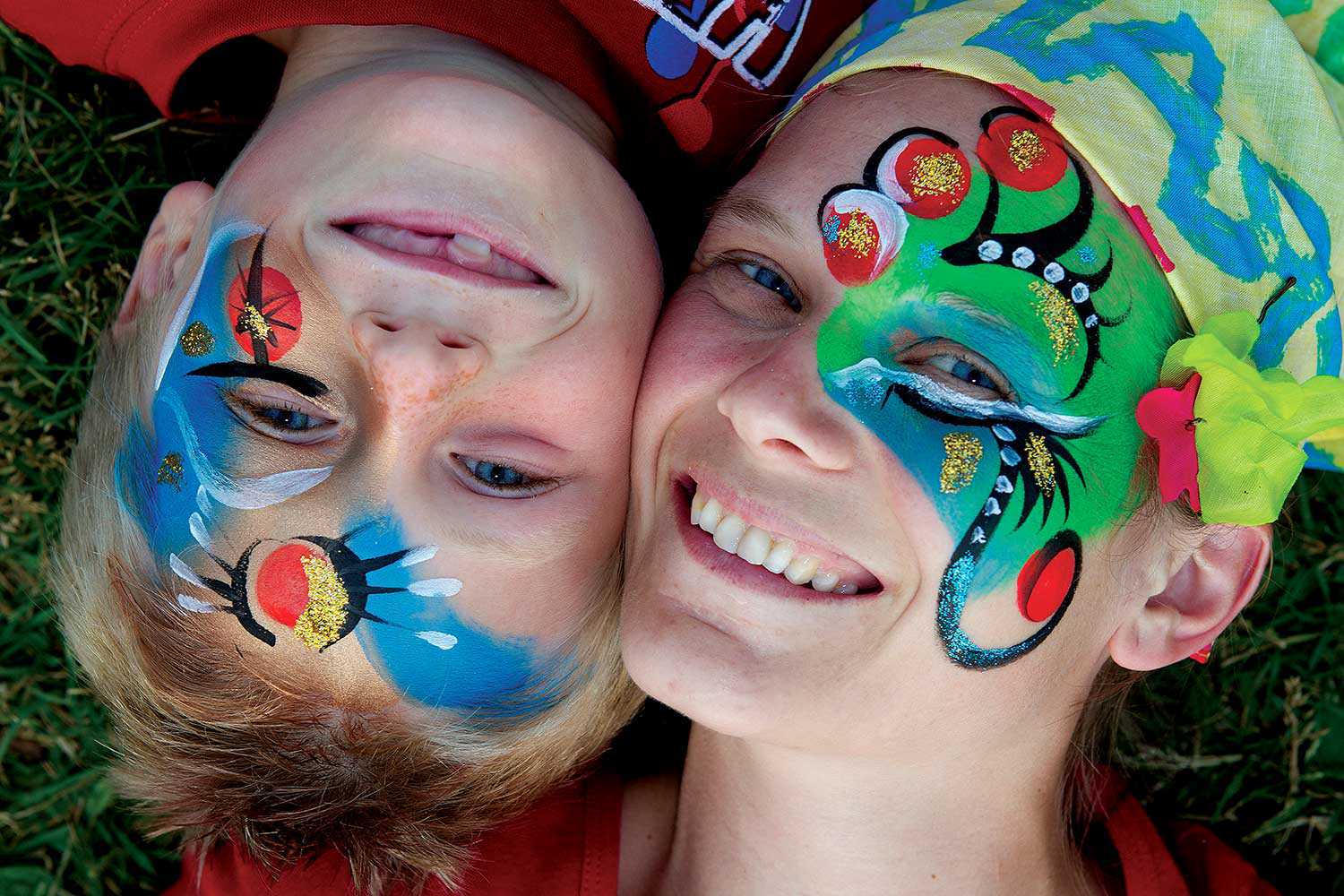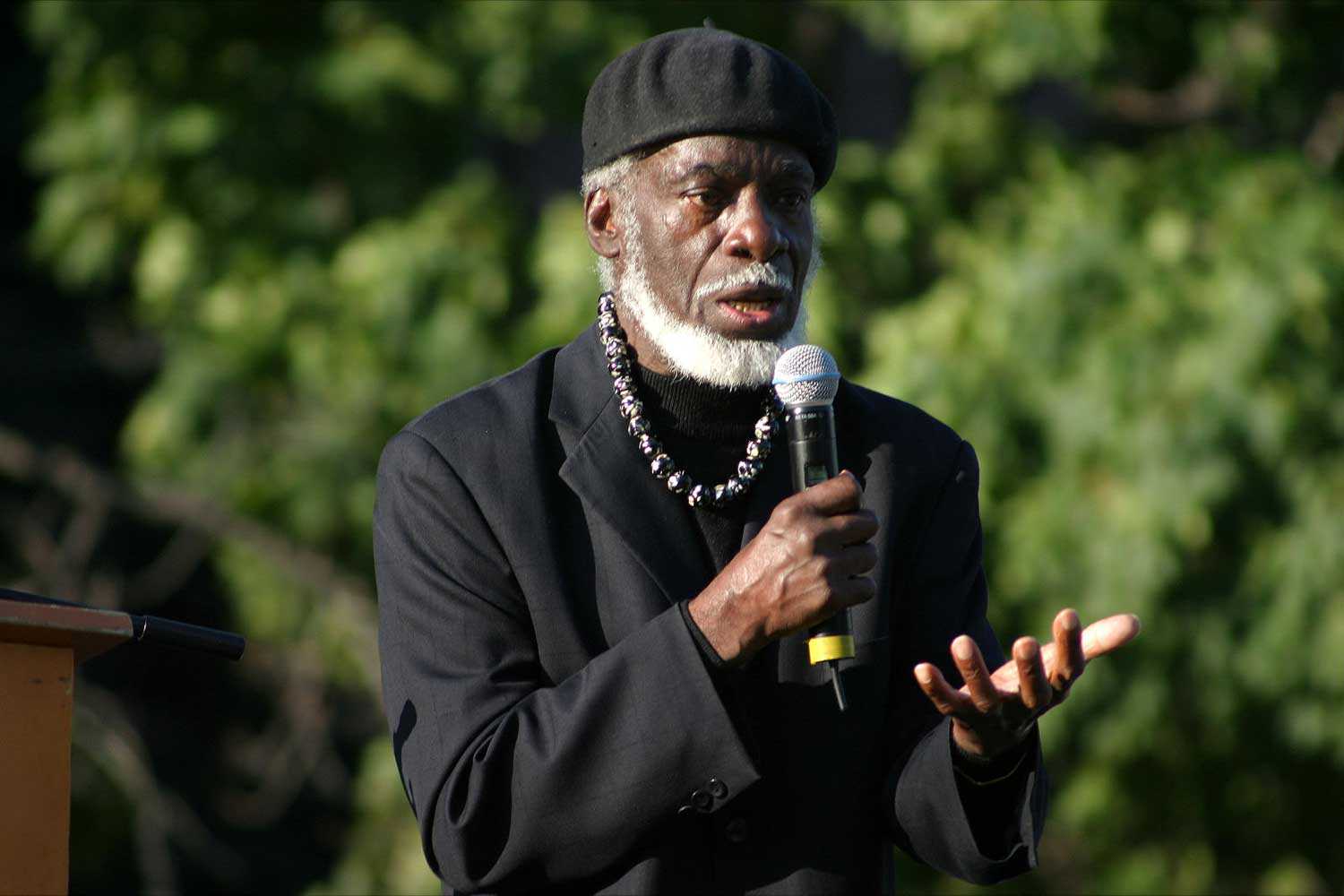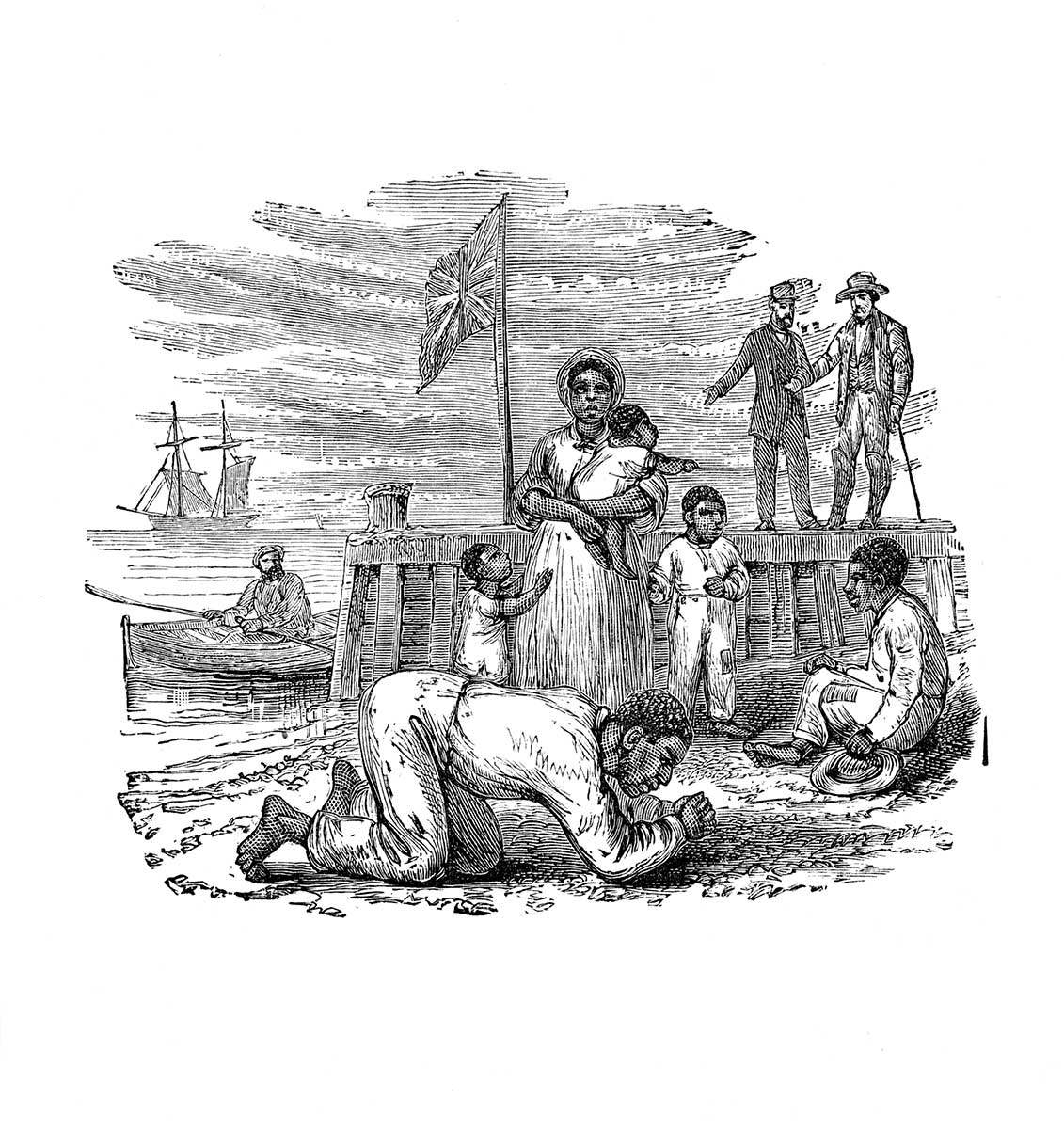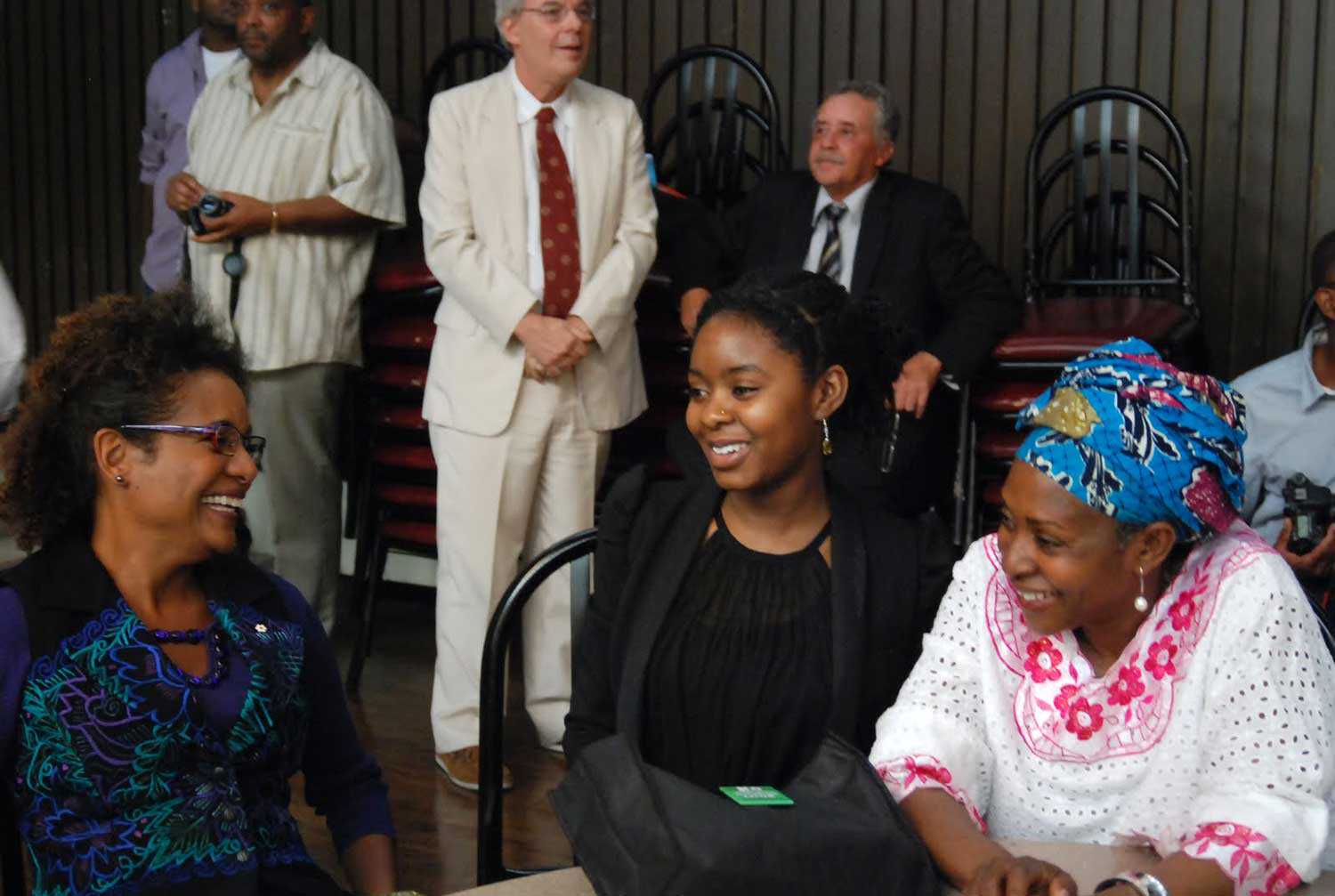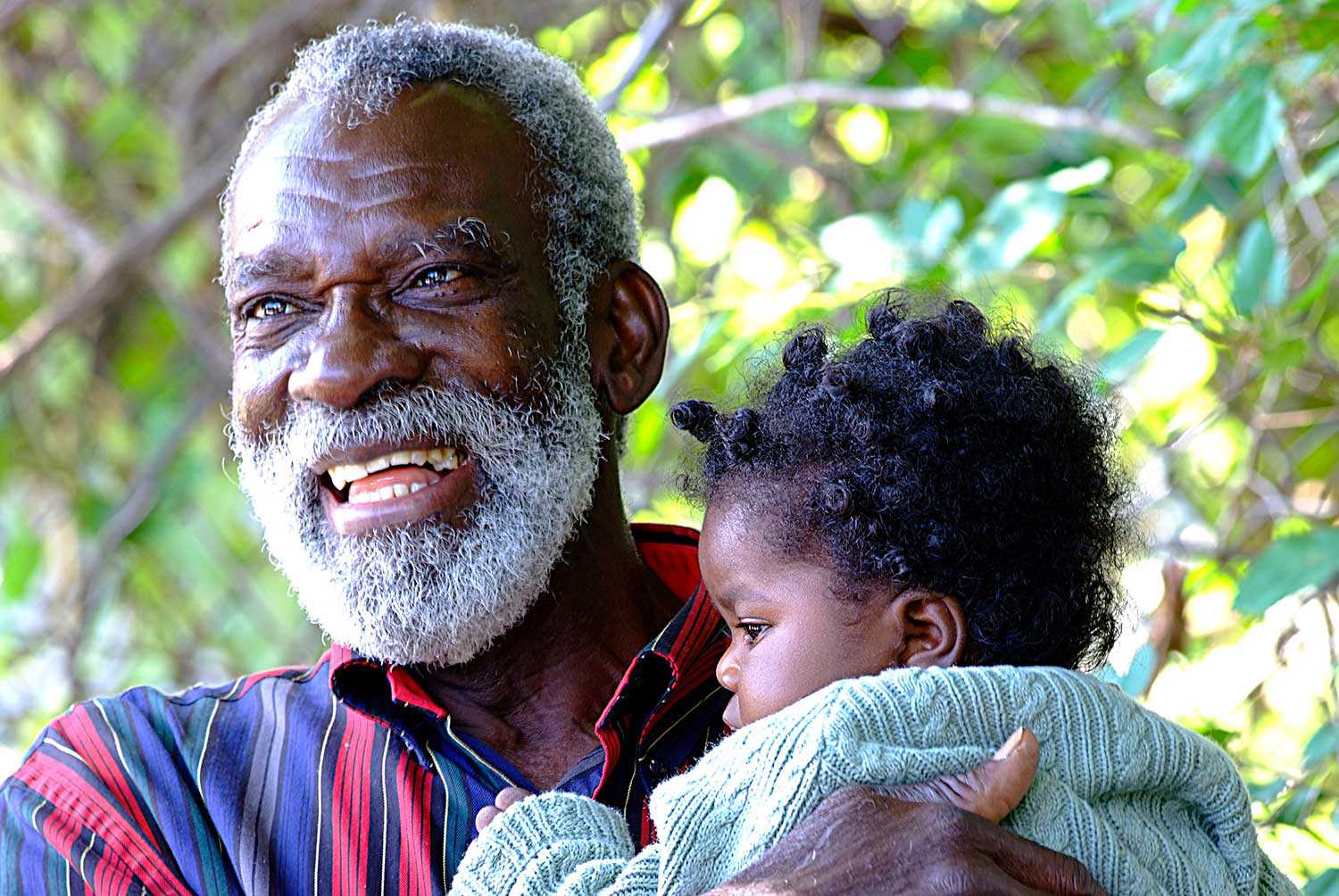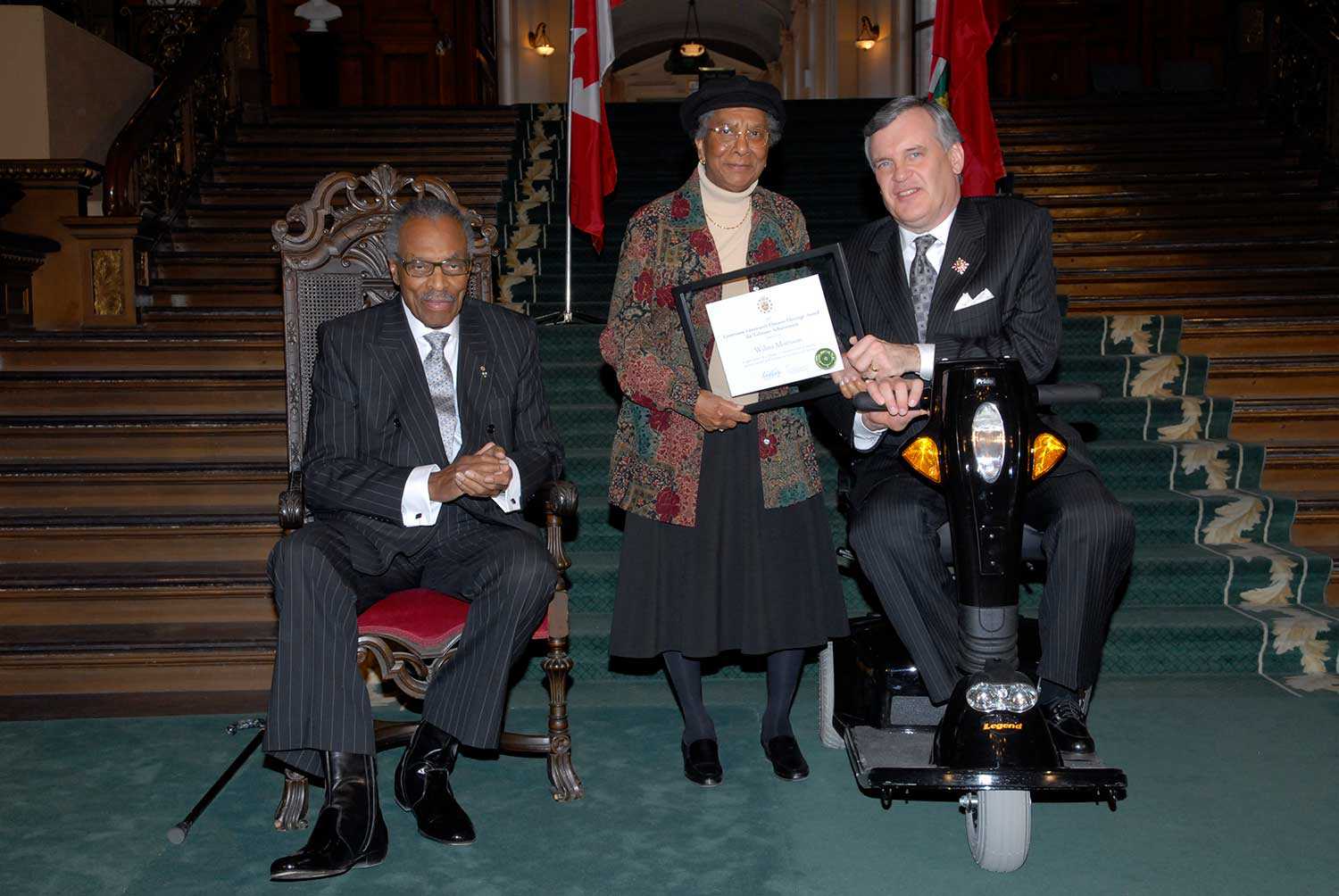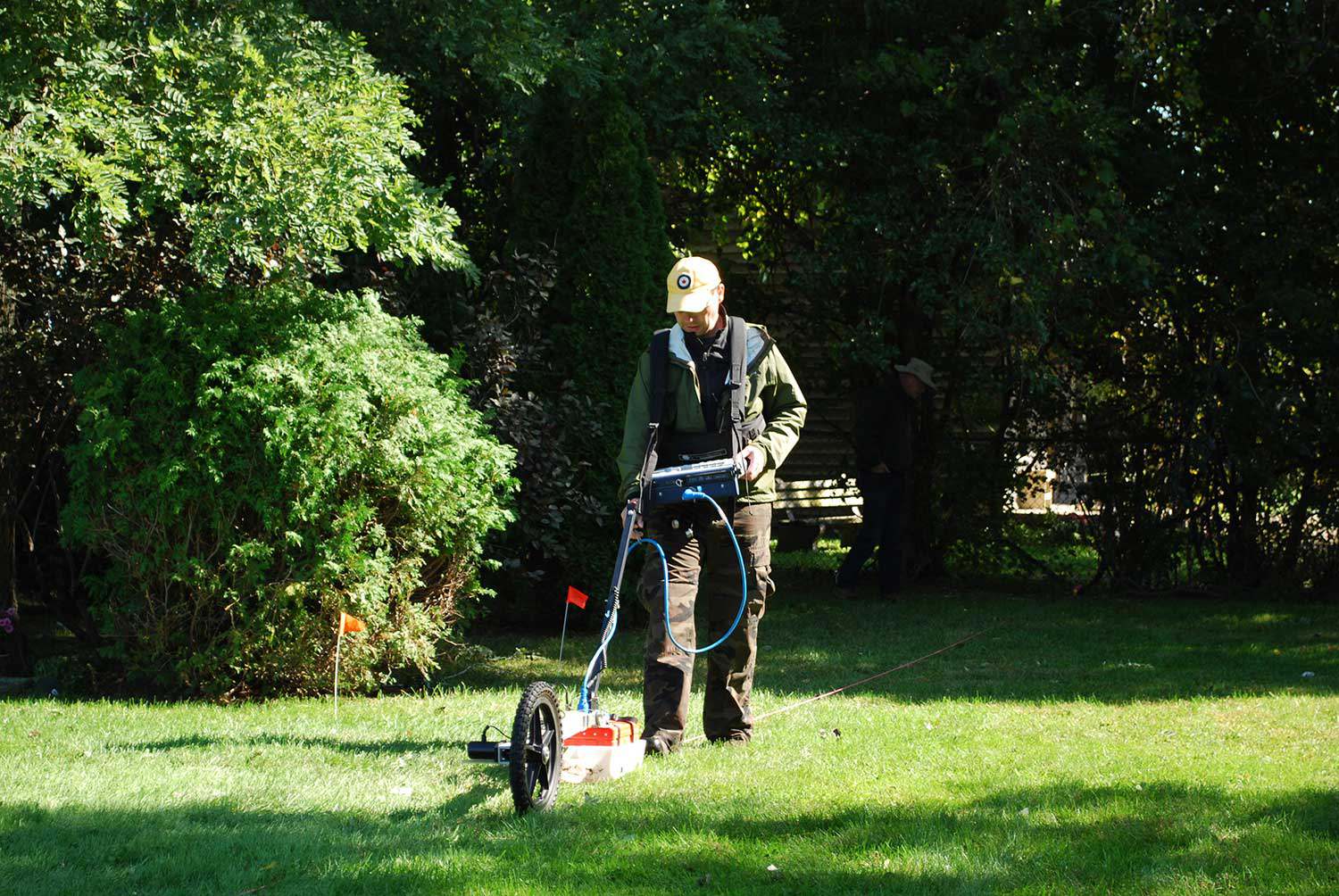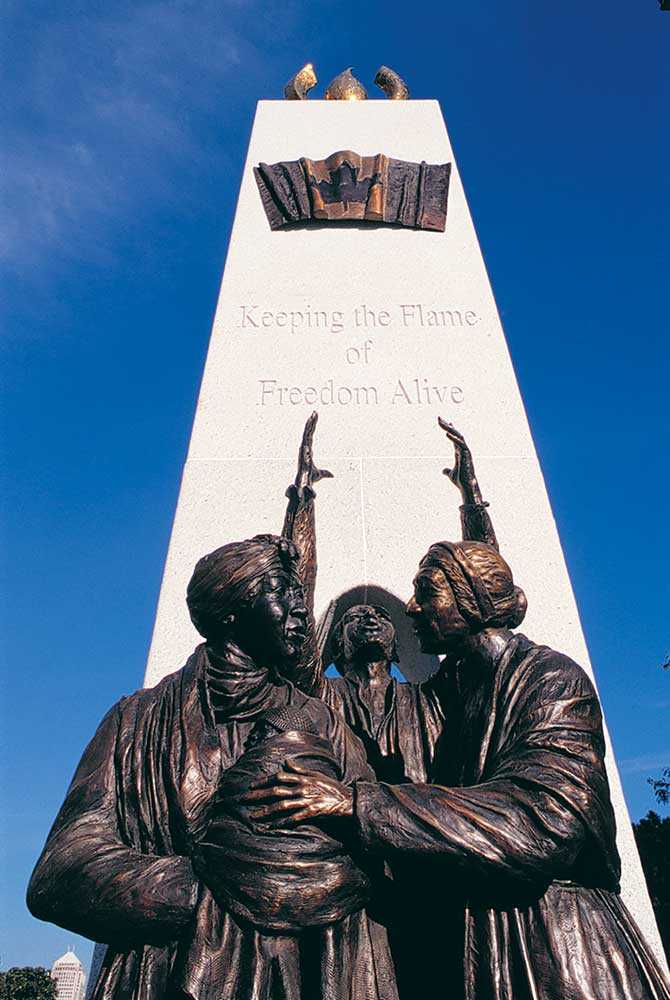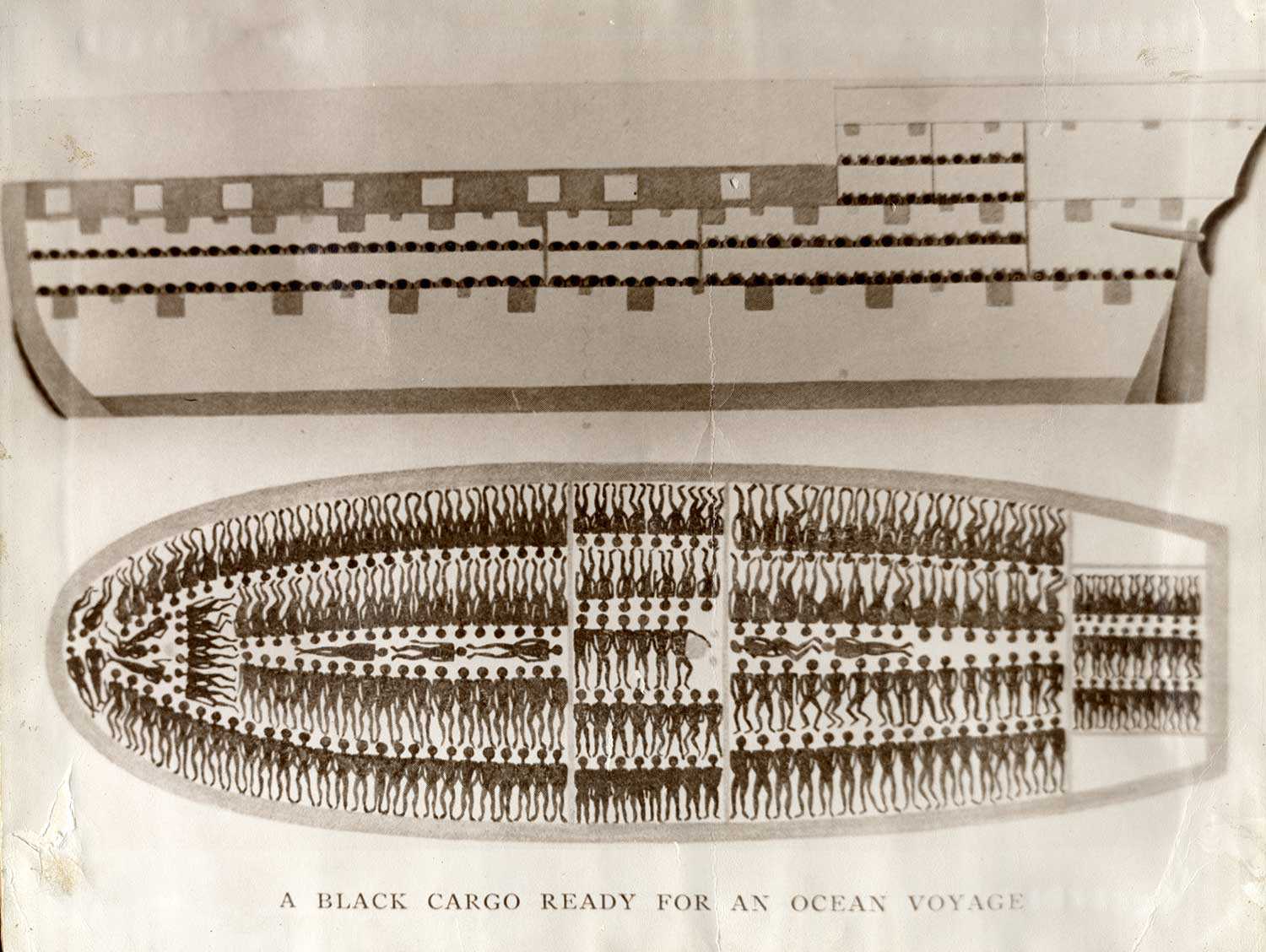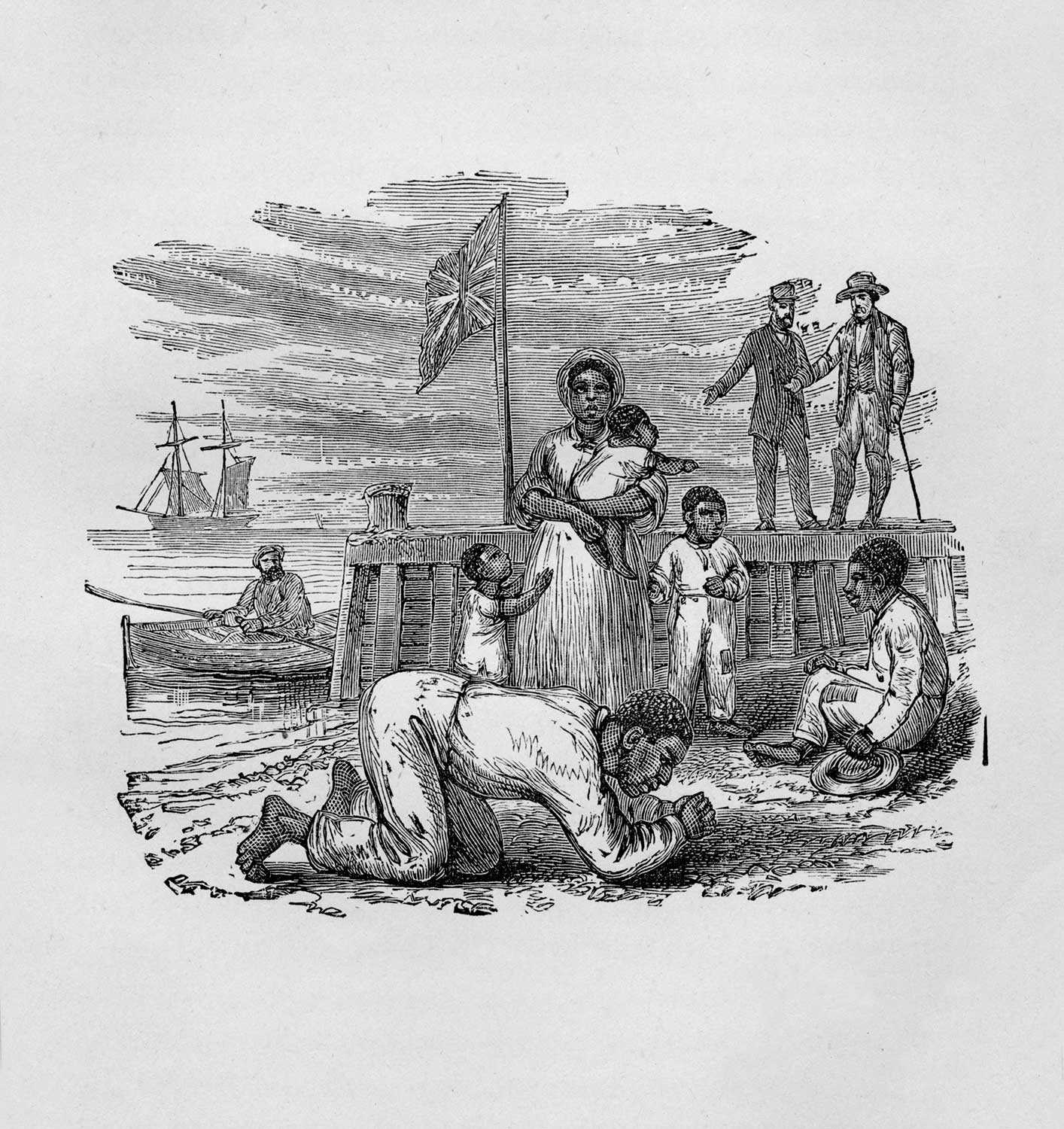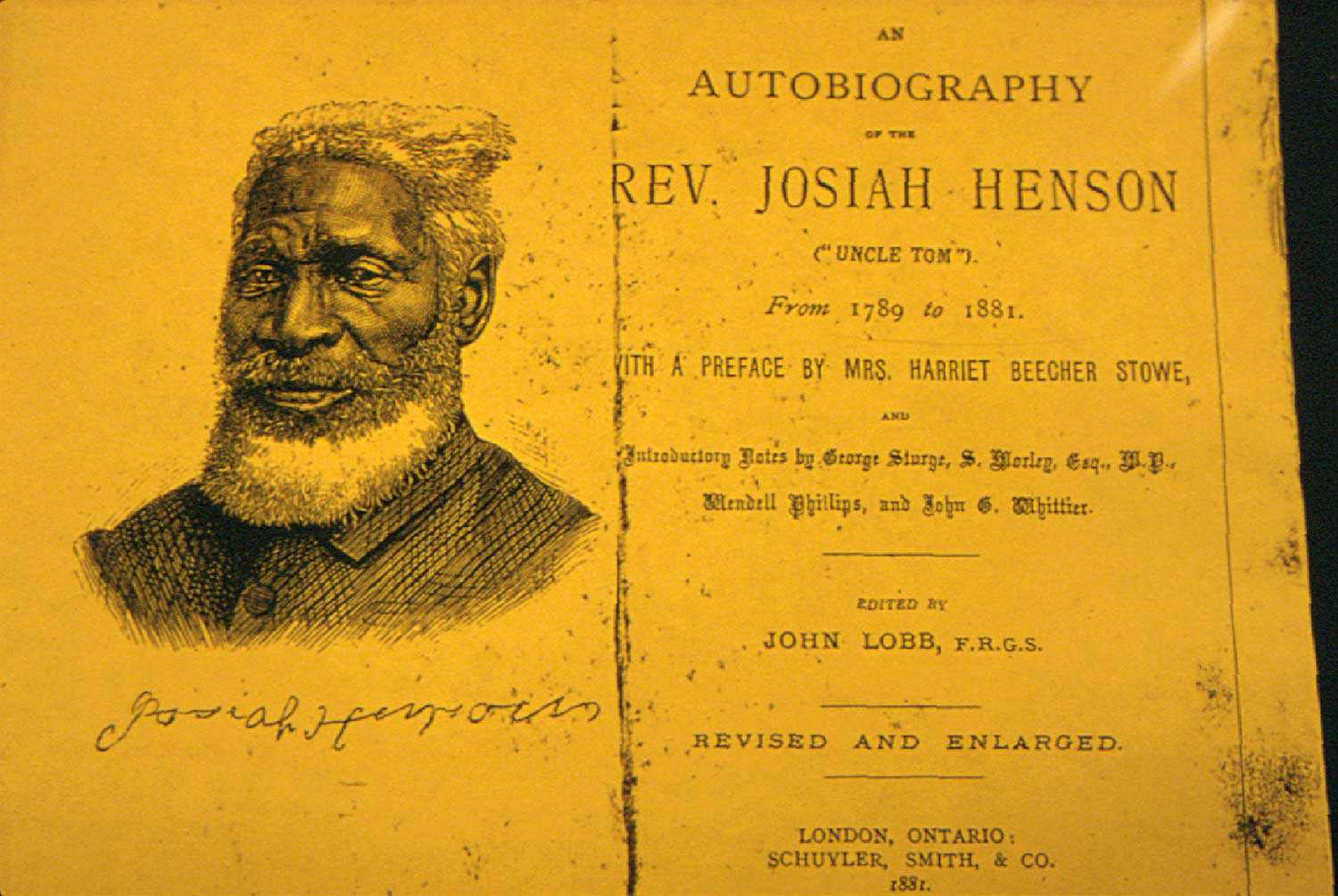

Browse by category
- Adaptive reuse
- Archaeology
- Arts and creativity
- Black heritage
- Buildings and architecture
- Communication
- Community
- Cultural landscapes
- Cultural objects
- Design
- Economics of heritage
- Environment
- Expanding the narrative
- Food
- Francophone heritage
- Indigenous heritage
- Intangible heritage
- Medical heritage
- Military heritage
- MyOntario
- Natural heritage
- Sport heritage
- Tools for conservation
- Women's heritage
Portrait of a growing diversity
Ontario has the largest number of francophones outside Québec. While that number has increased since 1951, it has not grown nearly as quickly as the number of anglophones or allophones and, subsequently, the proportion of francophones in Ontario has actually dropped.
Low birth rates, increased youth out-migration and an aging population create significant challenges for smaller francophone communities. The federal and provincial governments have made it a priority to increase francophones’ demographic weight, in large part, through immigration. Outside Québec, the majority of francophone immigrants choose to settle in Ontario – specifically Toronto and Ottawa.
Yet two-thirds of Franco-Ontarians do not live in these metropolitan areas. The more bilingual of these two cities, our nation’s capital, accounts for only 23 per cent of the province’s francophones, while Toronto is home to almost nine per cent.
What we see, therefore, is a changing social and linguistic landscape where established francophone communities (largely of European descent) – historically rooted outside Canada’s main metropolitan centres – are losing ground and jobs to larger, more mobile, diverse and multilingual (although still predominantly anglophone) metropolises that attract more immigrants and youth.
Much like the ethno-racial diversification of the Canadian population as a whole, Ontario’s francophone communities are also diversifying, in large part, due to immigrants from across the world (not just from Europe, but also from Africa, Asia and the Middle East) and from internal migration within Canada. The 2001 census revealed that 10.3 per cent of Franco-Ontarians self-identified as racialized minorities and, in Toronto, that number stood as high as 25 per cent.
The evolution of urban francophone communities in Toronto and Ottawa – and changes in the new global economy – have complicated the national ideology of linguistic duality, which is at the core of French-language infrastructure established in Ontario during the 1960s and 1970s, with ethno-racial plurality challenging the historical identities, community formation and solidarity of rooted Franco-Ontarians.
These recent changes have led francophone communities to revisit their conceptions of identity, moving toward more inclusive approaches to citizenship. Institutions such as French-language schools are principal sites of interaction in which francophones of diverse backgrounds can coalesce.
Overall, immigration is at the forefront of developments in the area of French-language services. Yet, challenges remain. Greater support must be given to newcomers and their families to overcome systemic marginalization. Specific challenges include foreign credential recognition, racism, limited access to English-language training and availability of relevant French-language services, and insufficient support for comprehensive approaches to social and economic integration.


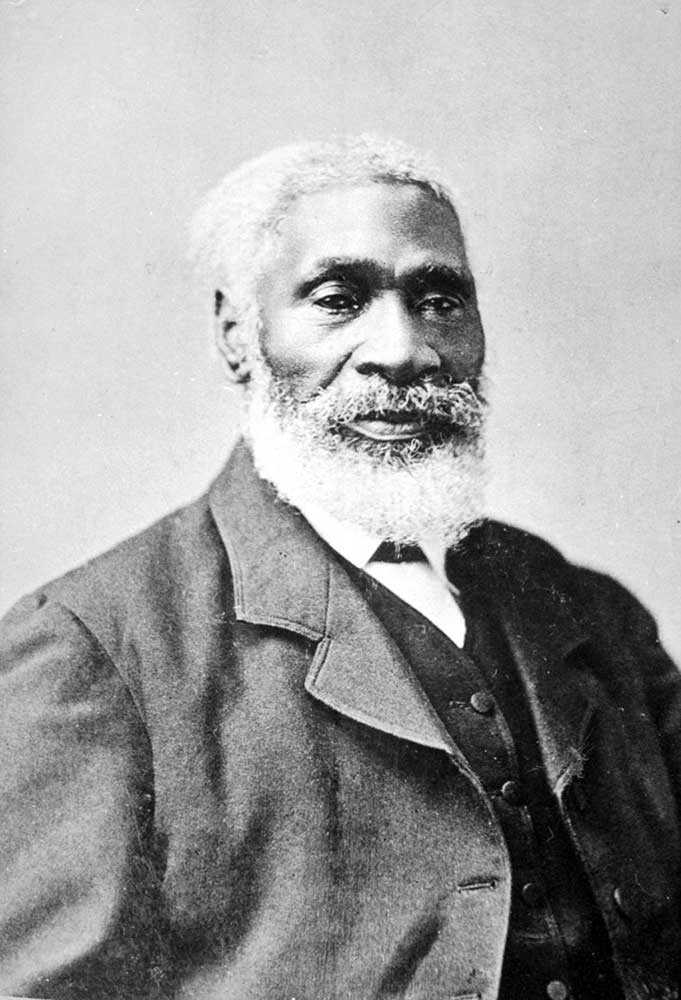
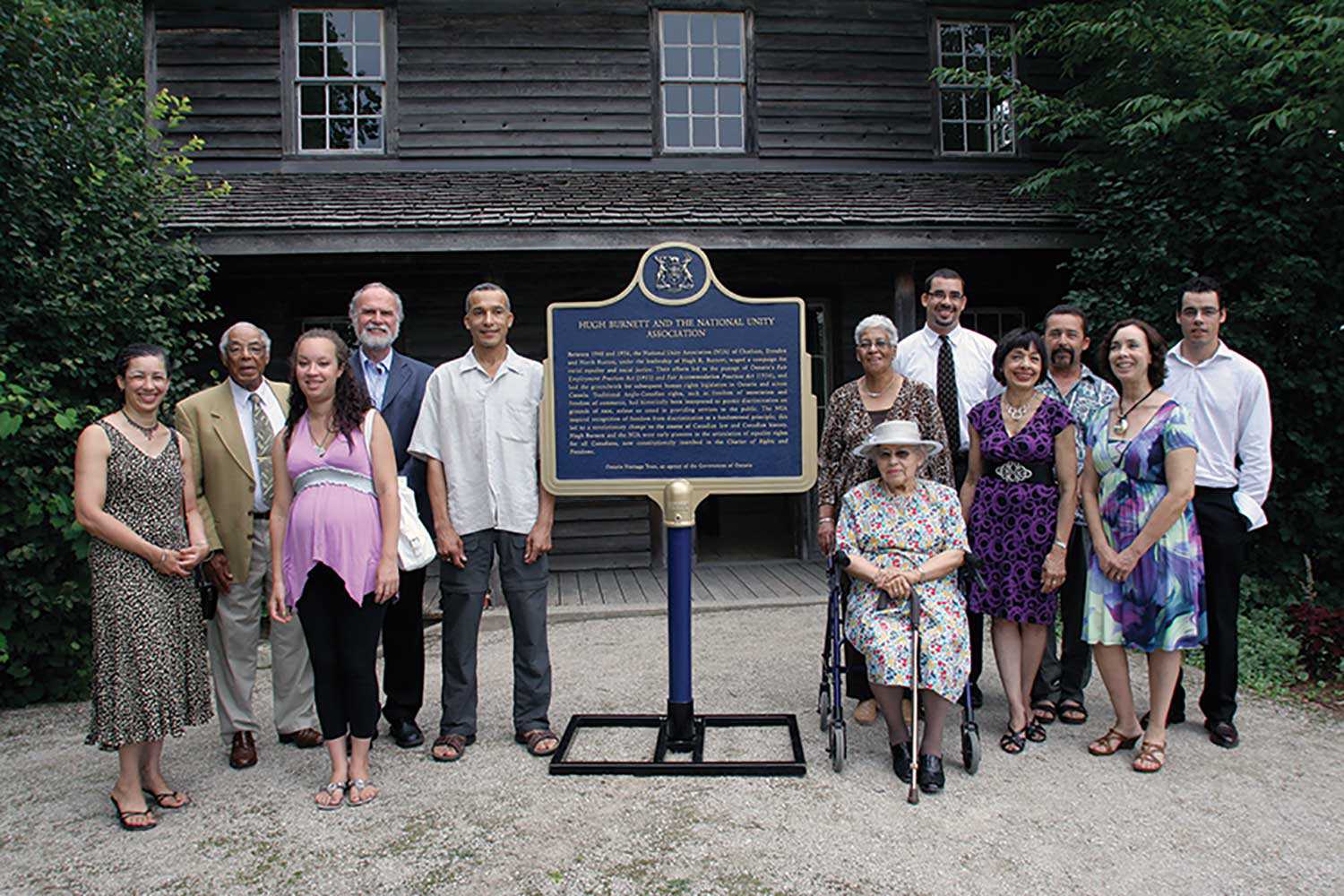
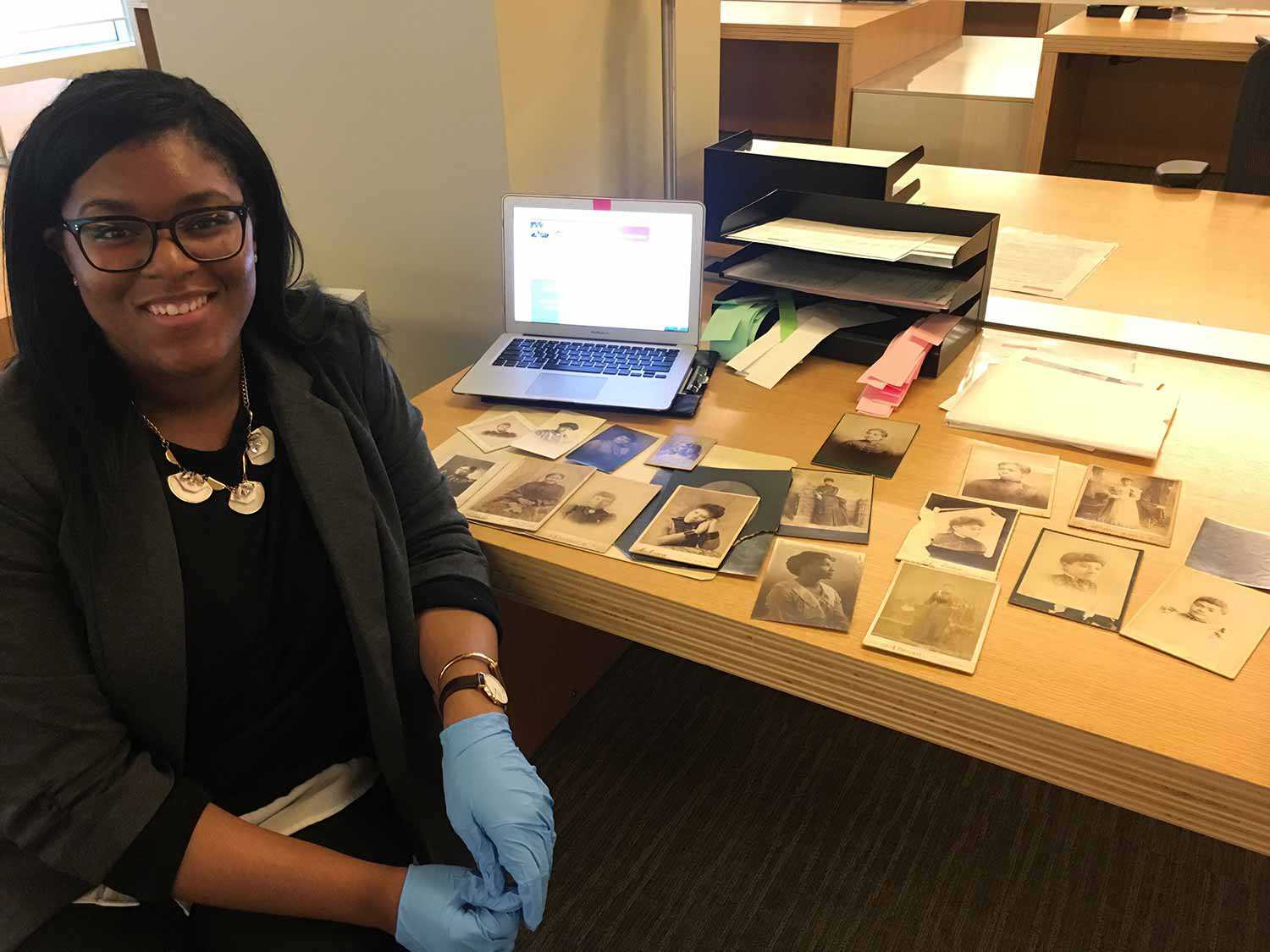
![F 2076-16-3-2/Unidentified woman and her son, [ca. 1900], Alvin D. McCurdy fonds, Archives of Ontario, I0027790.](https://heritage-matters.ca/uploads/Articles/27790_boy_and_woman_520-web.jpg)
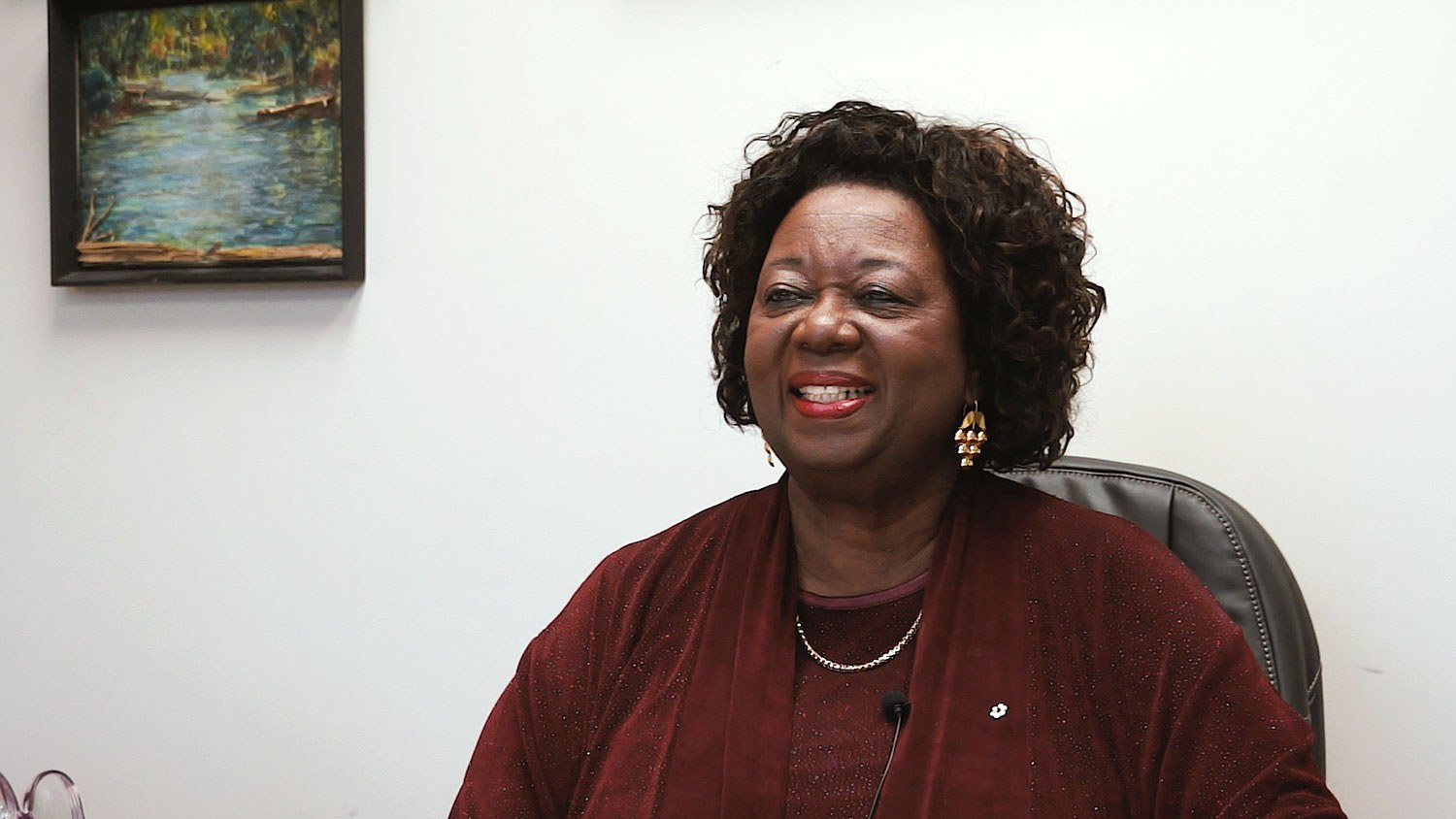
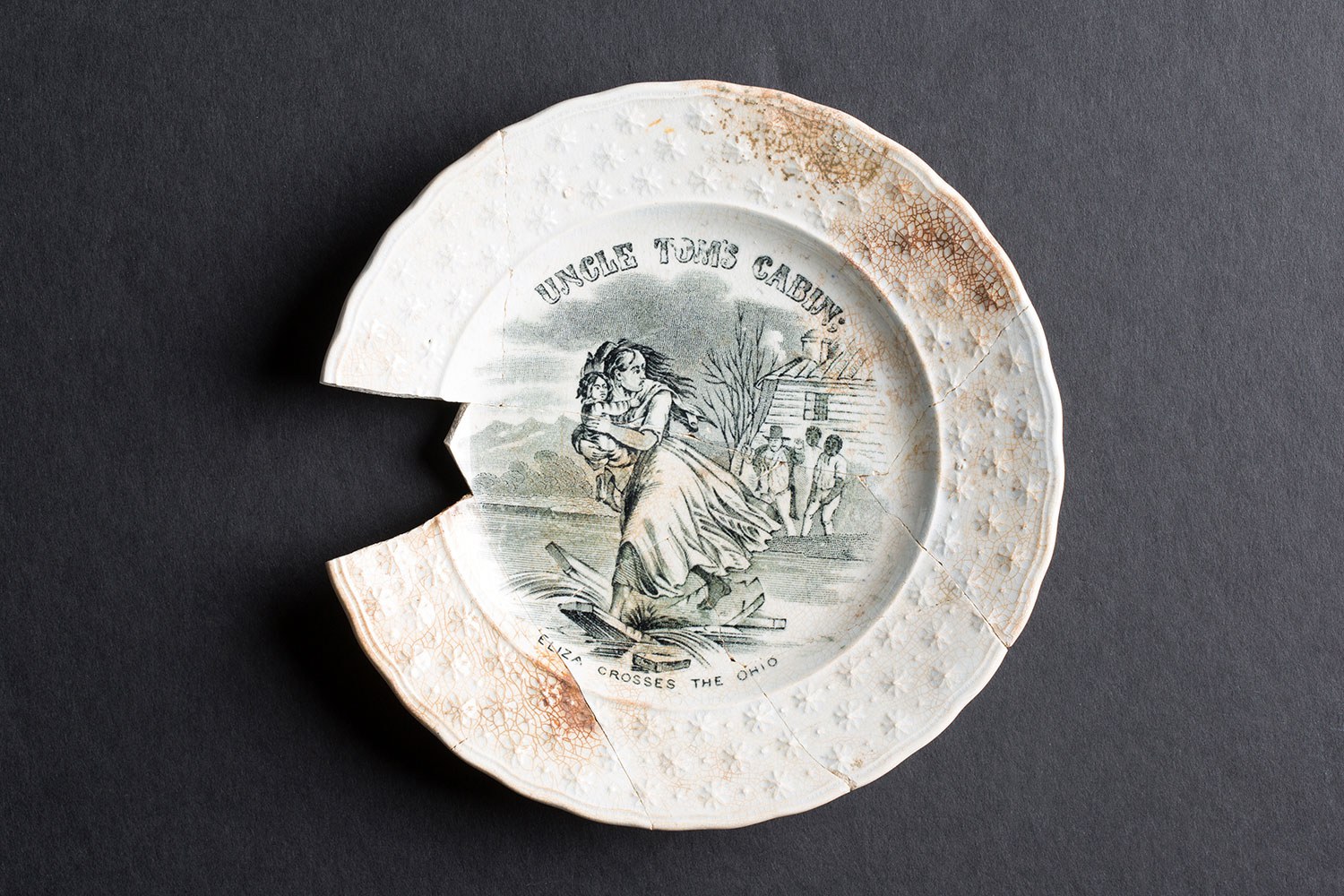
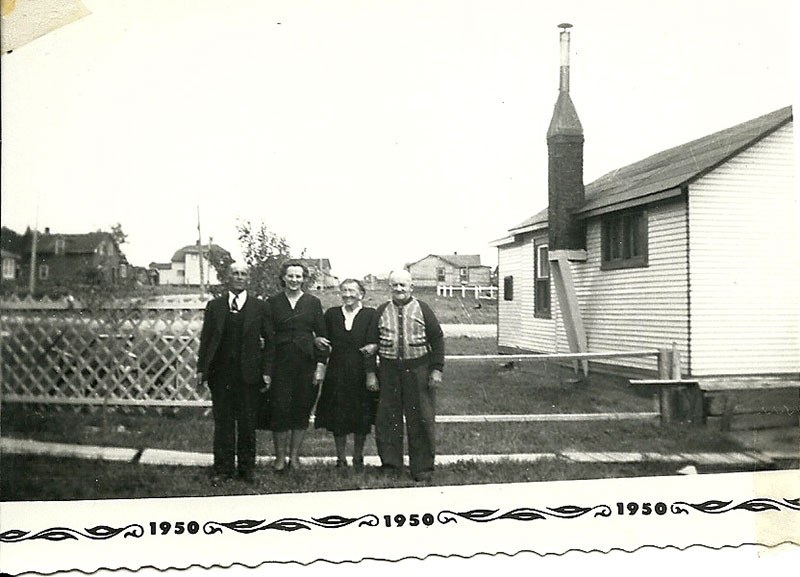


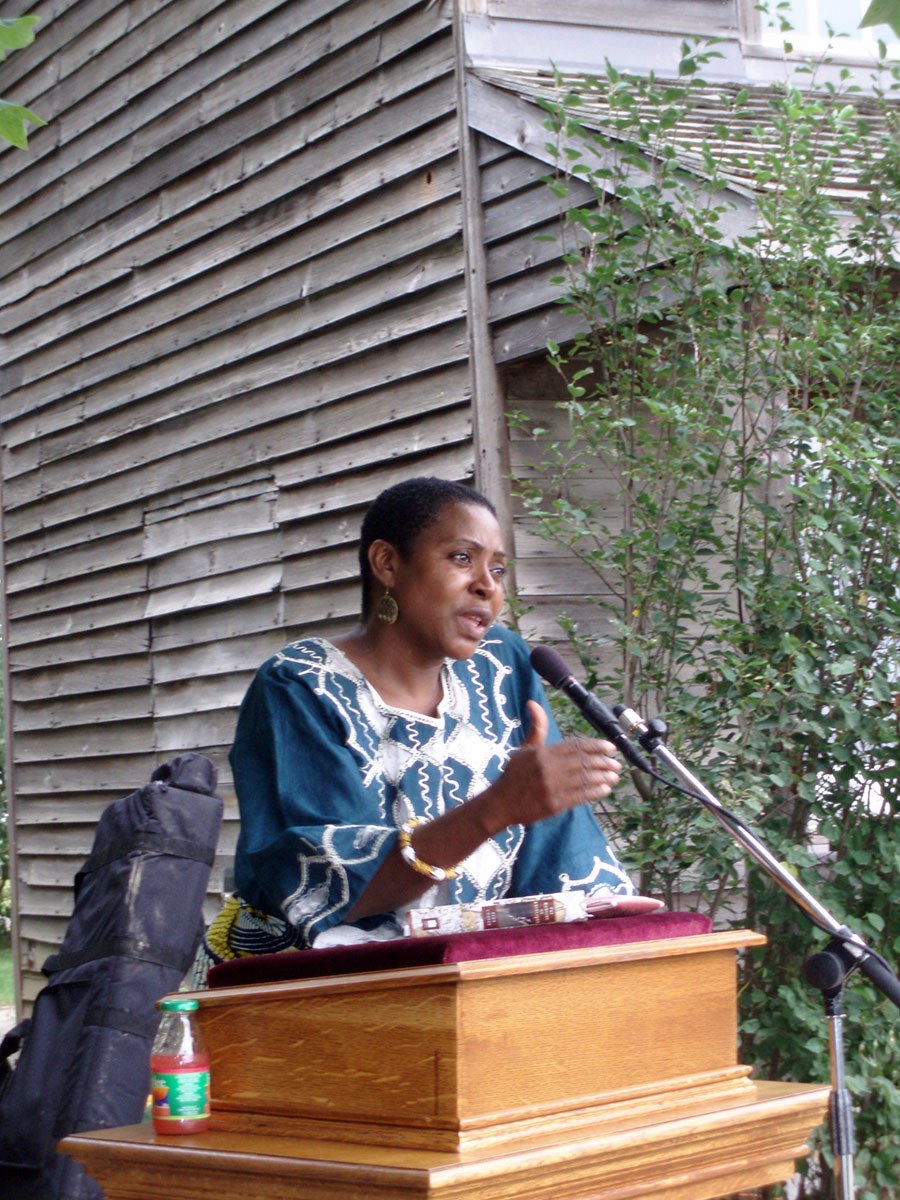
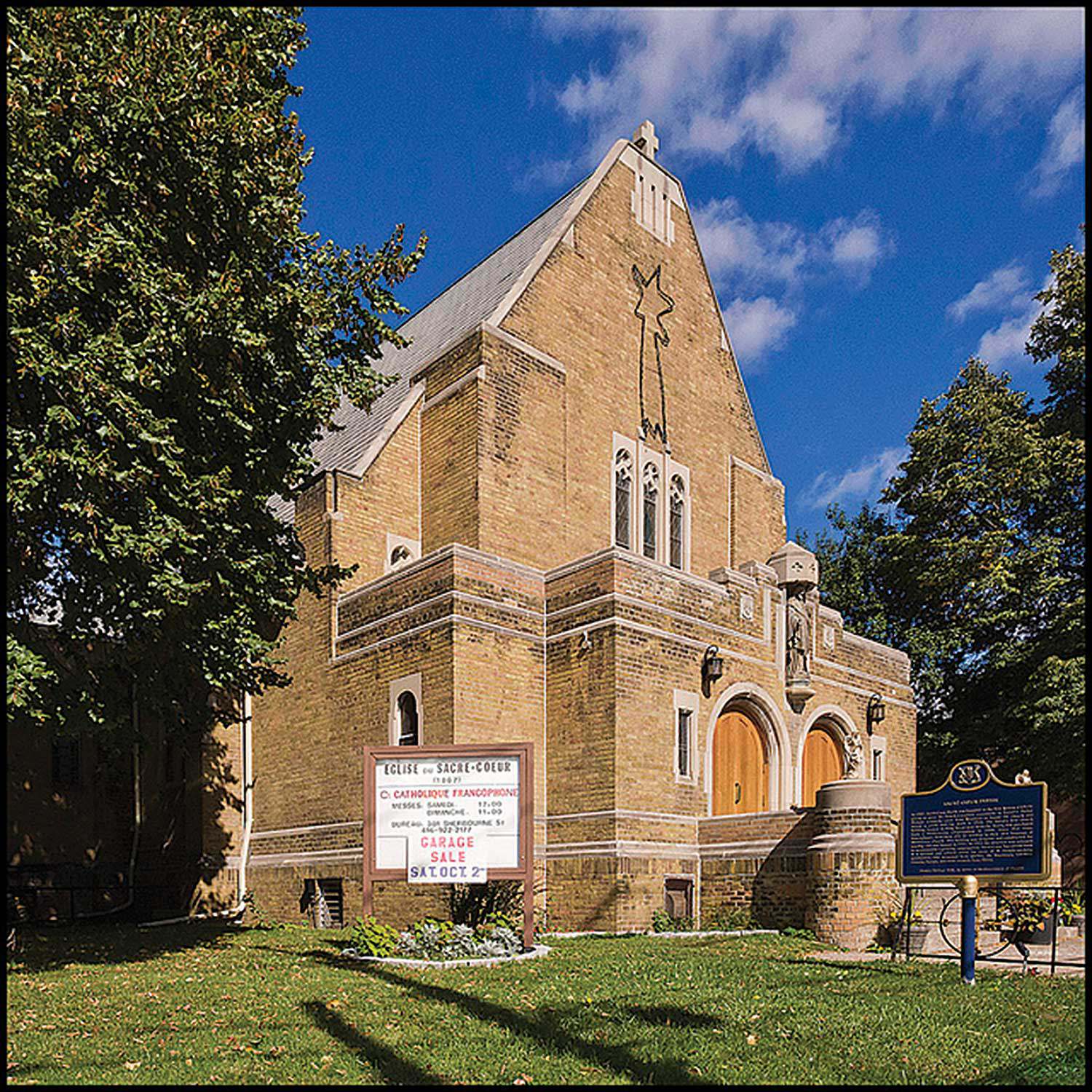
![The family of Simon Aumont. Only Simon himself and Irène (seated, holding a doll), survived the great fire that devastated the region in 1916, Val Gagné (Ontario), [before 1916]. University of Ottawa Centre for Research on French Canadian Culture, TVOntario archive (C21), reproduced from the collection of Germaine Robert, Val Gagné, Ontario.](https://heritage-matters.ca/uploads/Articles/Frenette-Ph23-VG-3-web.jpg)


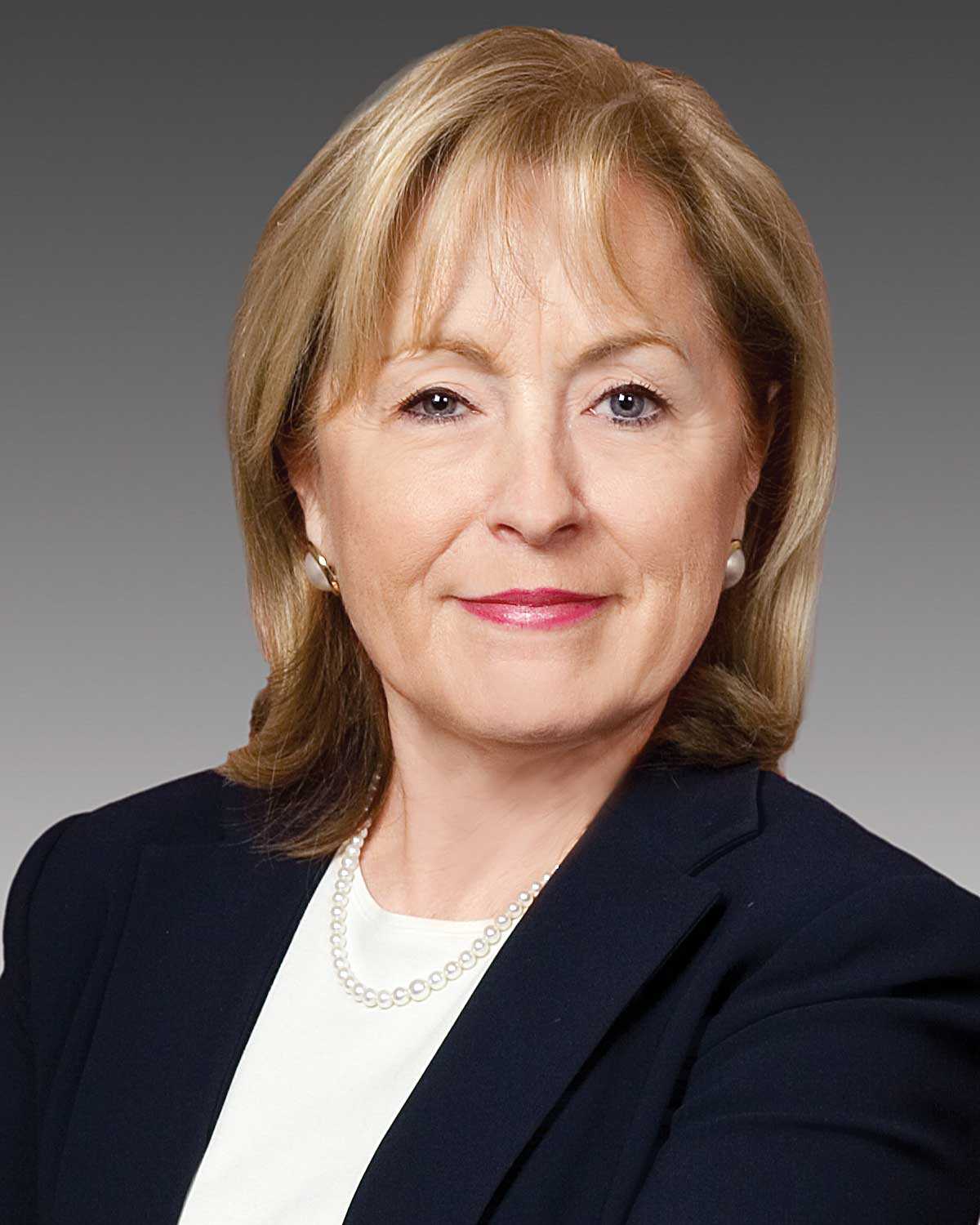

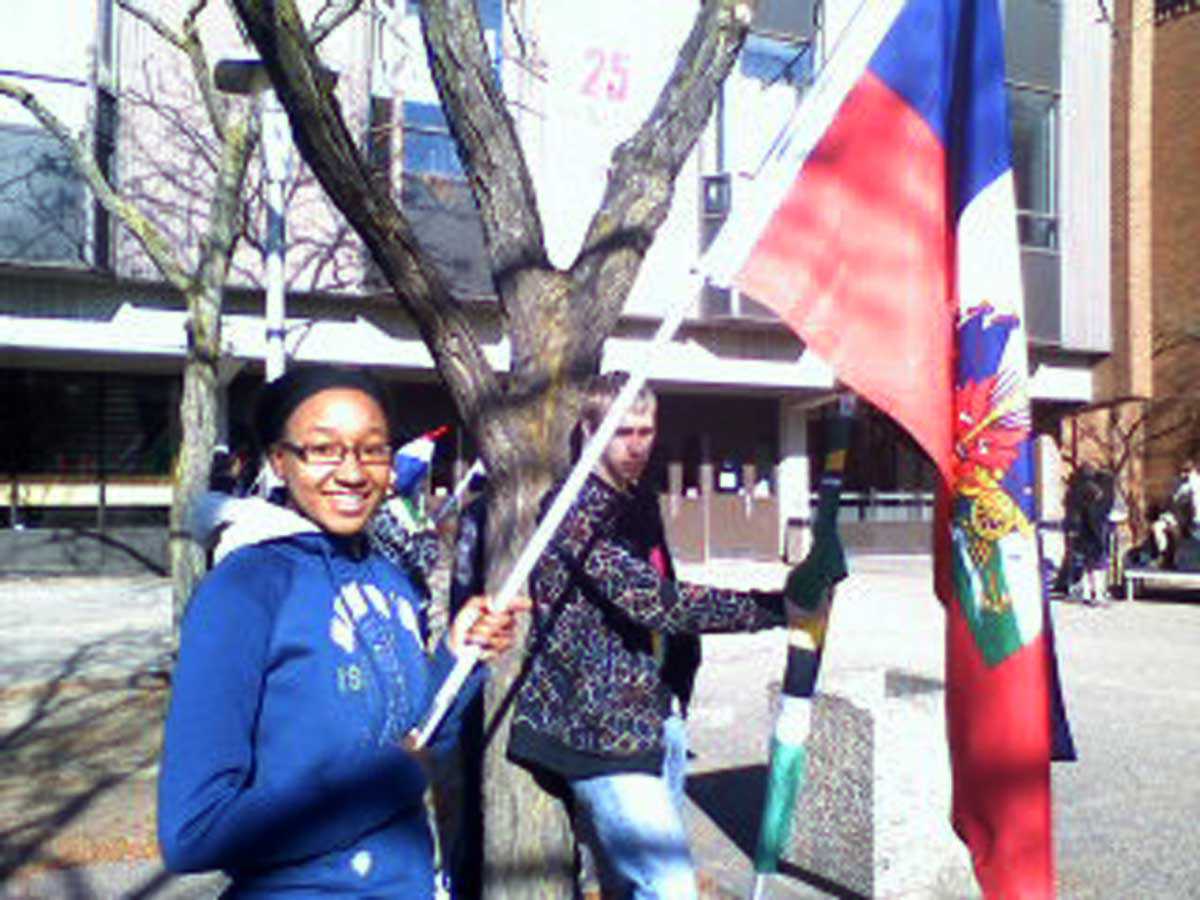
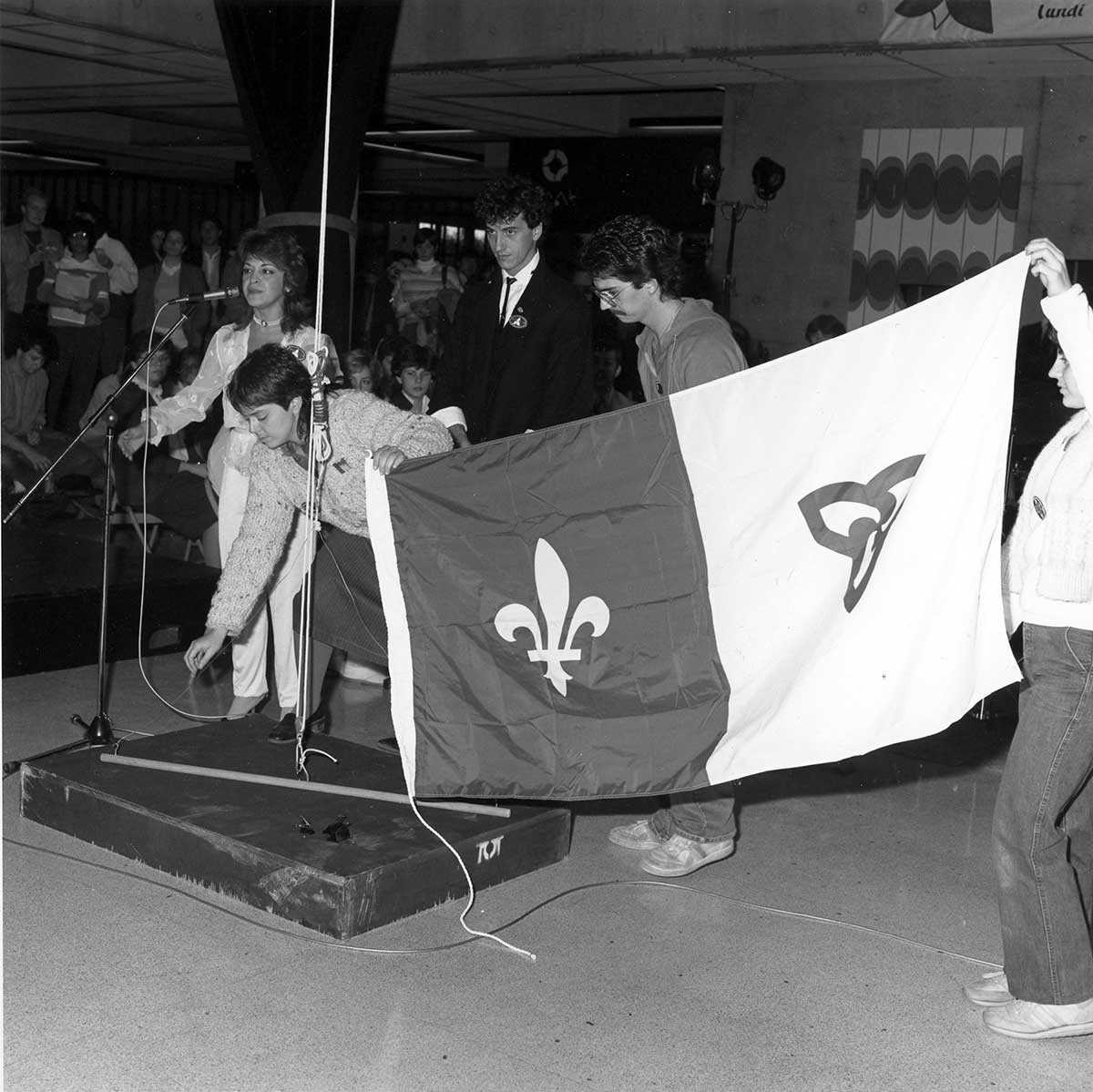

![Students demonstrating against Regulation 17 outside Brébeuf School on Anglesea Square in Ottawa’s Lowertown, in late January or early February, 1916 / [Le Droit, Ottawa]. University of Ottawa, Association canadienne-française de l’Ontario archive (C2), Ph2-142a.](https://heritage-matters.ca/uploads/Articles/Cecillon-Ph2-142a-web.jpg)
